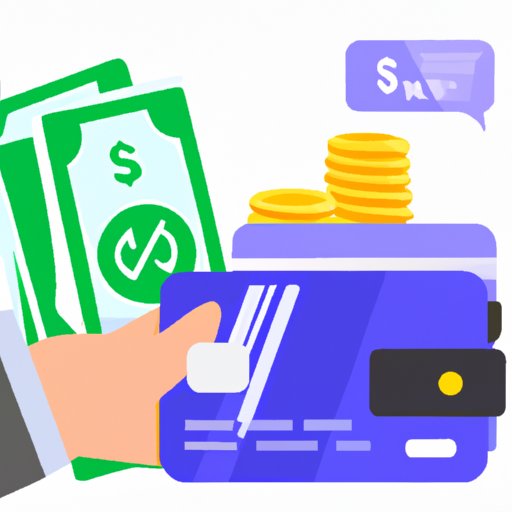
I. Introduction
Money orders are a popular payment method that can be purchased at many locations and are often used as a secure option for sending money. Knowing how to use a money order can be very important, since it allows you to pay bills, rent, and send money to people who don’t have bank accounts. In this article, we will provide a detailed guide that will help you understand how to purchase and use money orders, as well as provide you with additional information such as tips and tricks, common mistakes to avoid, and specific use cases where a money order could be the best payment method.
II. A Step-by-Step Guide to Purchasing a Money Order
The first step is to find a location that sells money orders. Postal offices, banks and convenience stores are common places that offer this service. Once you have located the place where you want to purchase your money order, you will need to fill out the recipient information and the amount of the money order. Many places offer the option of paying with cash or debit card.
After filling out the necessary information, double-check that all the information is accurate. You will then be handed a receipt and the actual money order. Keep the receipt as proof of payment, and send the money order to the recipient through the mail or in-person.
III. Comparison with Other Payment Methods
Compared to other payment methods, money orders are generally more secure, since they don’t require any personal banking information to be shared. Fees associated with money orders are also generally lower in comparison to credit/debit card transactions, and there is less risk of fraudulent activity on the recipient’s part. Although money orders may take longer to process, they can be an ideal option in cases where money needs to be sent in an efficient and highly secure way.
IV. Tips and Tricks for Using Money Orders
To ensure a secure transfer of funds when using a money order, it is important to follow certain guidelines. These include always obtaining a signature from the recipient, having a tracking or confirmation number for the transaction, and verifying receipt of the money order with the recipient. If a money order is lost or stolen, it is advisable to contact the issuer immediately, who may be able to issue a refund or put a hold on the money order.
V. Common Mistakes to Avoid
Errors in filling out the money order are one of the most common mistakes that people make when using this payment method. It is important to double check that all of the information, including the recipient’s name and address, are correct before sending it. Illegal activities like money laundering or scams have been associated with money orders. Make sure that you are using this method of payment for legitimate reasons only.
VI. Specific Use Cases for Money Orders
Money orders can be used for a variety of purposes, including paying rent, utilities and other bills. They can also be used to send money to family or friends who do not have a bank account. There are even some people who prefer using money orders instead of traditional bank accounts. Those who have bad credit or have been denied a bank account can still use money orders to pay bills and expenses. People who want to avoid the fees and hassle of traditional bank accounts can also use money orders instead.
VII. Conclusion
Using money orders can be an important skill to have, and can provide a secure and efficient way to transfer money. By following the tips and tricks outlined in this article, and avoiding common mistakes, you can successfully use money orders for a variety of purposes. Whether you’re paying bills, rent, or sending money to friends and family, money orders can be a great payment option.




